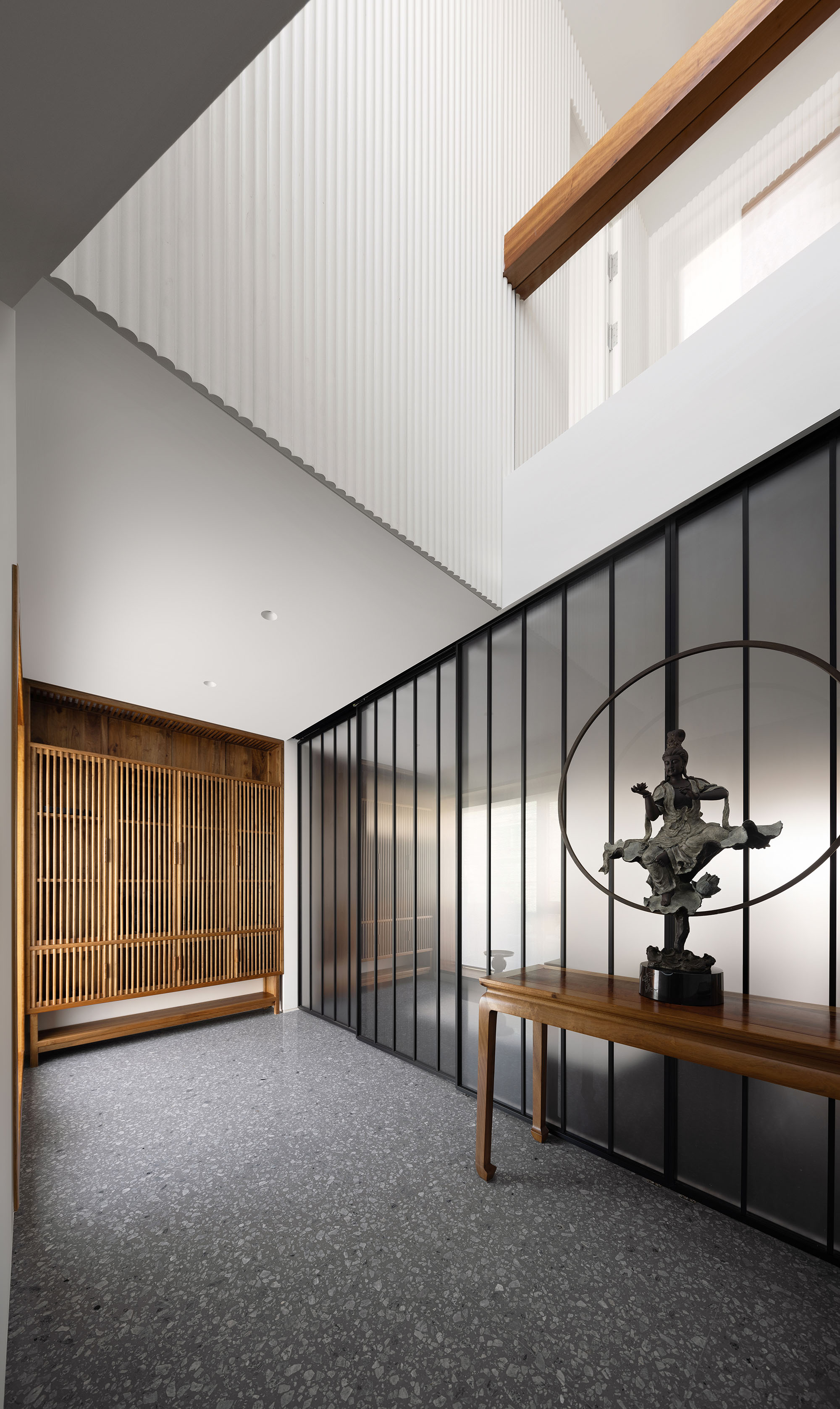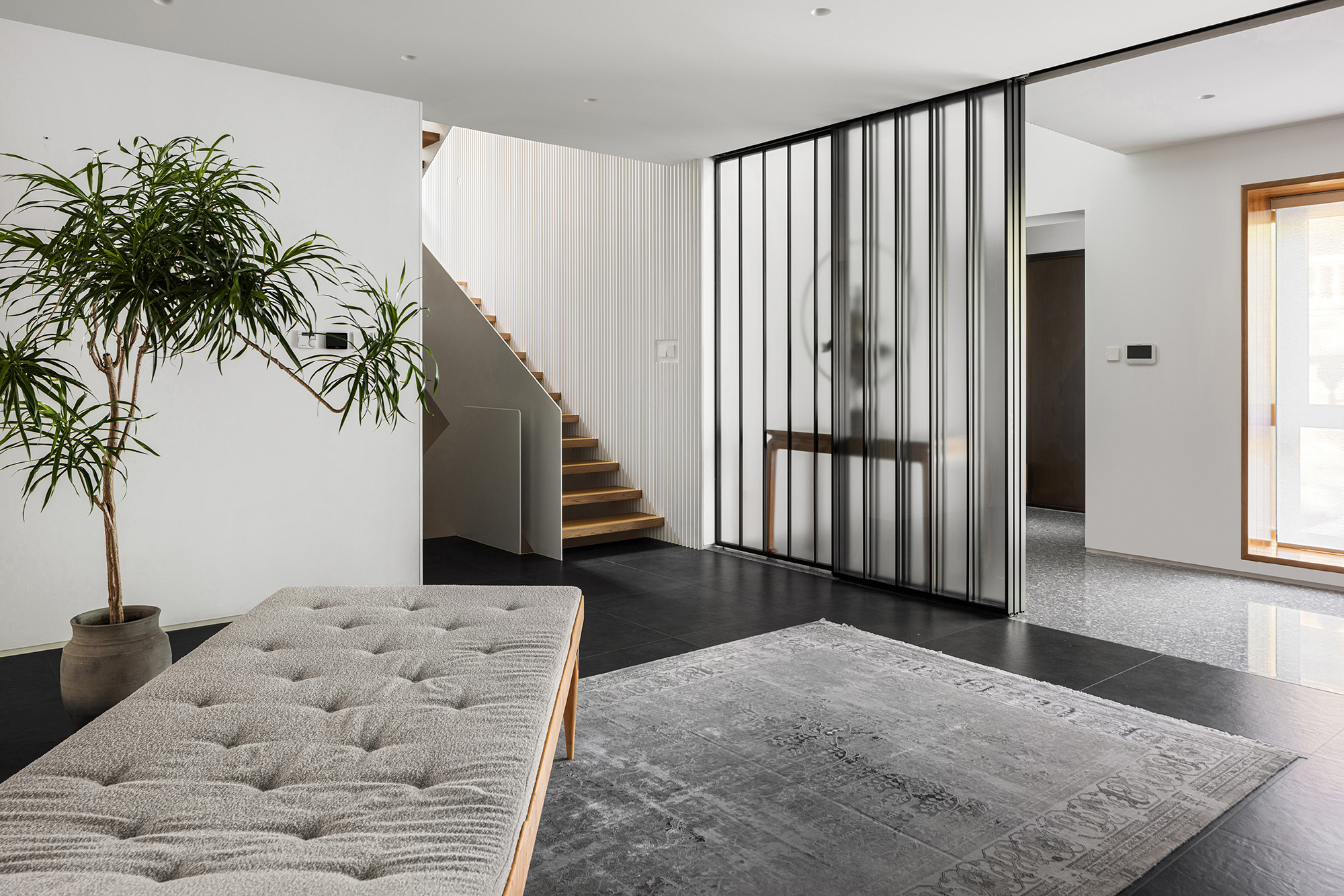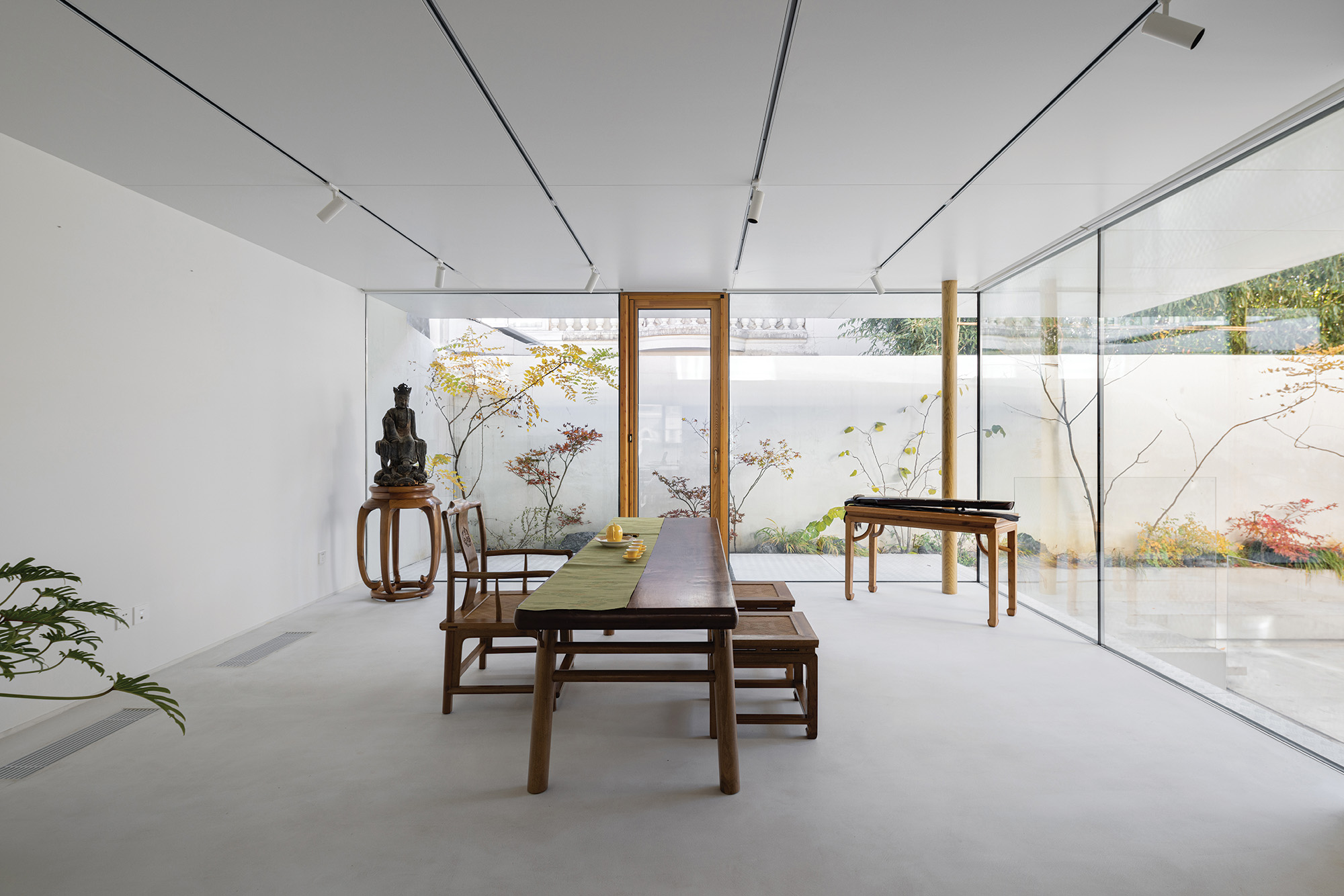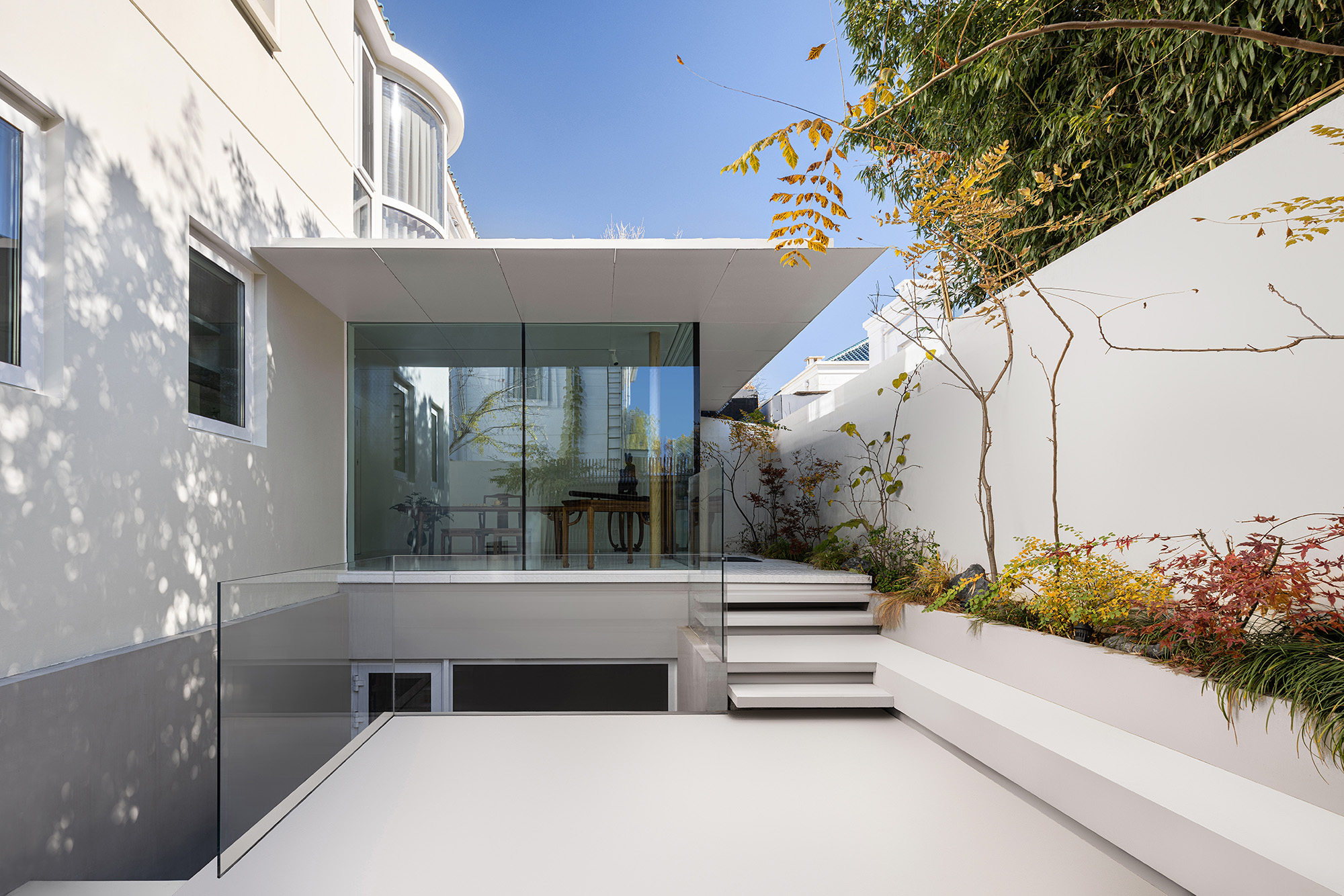Copyright © 2025 Motivate Media Group. All rights reserved.
This home in Beijing features traditional Chinese furniture within contemporary surroundings
Traditional golden nanmu wood furniture collection is the main protagonist of the interiors

With offices in Tokyo, Beijing and Shanghai, Japanese architects Yoshihiko Seki and Saika Akiyoshi joined forces to launch their design studio in 2013 under the enigmatic and poetic name KiKi ARCHi.
“KiKi in Japanese is a sense of appreciating things, which means mastery, attainment and unique opinions of things in various fields,” the co-founders describe.

From the Quanzhou Museum of Contemporary Art to their winning new media art installation in Boston’s The Quad competition, to residential and retail projects, all of Seki and Akiyoshi’s projects share a common thread: they evoke a sense of emotion. This home, located in the centre of Beijing, is no exception.

Spread over 120 square metres, the townhouse-style property is owned by a Chinese couple who tasked the team of KiKi ARCHi to introduce their traditional golden nanmu wood furniture collection into the different spaces, making it the main protagonist.

“Nanmu was a popular architectural and furniture material for the imperial family in [the] Ming and Qing dynasties, used in the forbidden city in Beijing,” the architects share.

A blank canvas with alternating bright and dark areas, characterised by pure architectural lines, is the backdrop of these large pieces that feature a classical style.

The hallway was designed to echo the concept of a patio. “The original washroom above was removed to create a five-metre-high space while bringing light from the second floor to the first floor,” the architects describe.

On the side of this preliminary space, a black-framed glass sliding door provides transition to the living room with dark flooring and walls, where a long table sits under calligraphy work placed on the wall above, referencing the past. The sofa on the carpet breaks the symmetry, for a more modern feel.

With the grey terrazzo floor acting as a visual element of continuity, the dining area features contrasting white walls with a built-in side cabinet. The grey kitchen connects to the minimalist garden terrace – with a sunken platform and an external stairway that goes to the basement – where the homeowner’s favourite tearoom is attached, with a glass partition and an aluminium roof that offers the illusion of floating.

This peaceful environment, where light and shadow intertwine, offers an invitation to observe the changing landscape, depending on the season. “The concept of time seems to disappear, and a spiritual dialogue starts,” says the team.

The home reflects “the sense of ritual and inclusiveness in life,” according to the architects, who found the right balance between the traditional furniture and the architecture and interior design, through monochromatic, soft colours and texture. Leading to the upper floor, where a quiet and warm atmosphere pervades the more private areas such as the study and the main bedroom, the staircase was designed with floating steps and a one-piece handrail. Last, but not least, the attic was transformed into a small space for meditation.

“It is recorded in ancient Chinese books that golden nanmu is a fine and sturdy material with a special texture and silky lustre, emitting a delicate fragrance and being very elegant,” says the KiKi ARCHi team. “It is similar to a well-designed house – the coherent design logic creates a stable ‘inner part’ while the exquisite display presents a beautiful ‘exterior part’, which carries a lovely life for a long time together.”
The Latest
Design Take: Inside the Royal Suite at Jumeirah Al Naseem
With sweeping views of the ocean and Burj Al Arab, this two bedroom royal suite offers a lush stay.
Elevated Living
Designed by La Bottega Interiors, this penthouse at the Delano Dubai echoes soft minimalism
Quiet Luxury
Studio SuCo transforms a villa in Dubailand into a refined home
Contrasting Textures
Located in Al Barari and designed by BONE Studio, this home provides both openness and intimacy through the unique use of materials
Stillness, Form and Function
Yasmin Farahmandy of Y Design Interior has designed a home for a creative from the film industry
From Private to Public
How ELE Interior is reshaping hospitality and commercial spaces around the world – while staying unmistakably itself
A collaborative design journey
A Life By Design (ALBD) Group and Condor Developers have collaborated on some standout spaces in Dubai
New Episode: In Design With: Ahmed Bukhash
Watch the latest episode on In Design With.
Highlights of the Biennale Architettura 2025
We shine a light on the pavilions from the Arab world at the Venice Architecture Biennale, on display until Sunday 23 November 2025
Read ‘Bold Design’ – Note from the editor – July/August 2025
Read identity magazine's July/August 2025 edition on ISSUU or grab your copy at the newsstands.
Things to Covet
Elevate your spaces with a pop of colour through these unique pieces
Designing Spaces with Purpose and Passion
We interview Andrea Savage from A Life By Design – Living & Branding on creating aesthetically beautiful and deeply functional spaces
















